Related Research Articles

William John Swainson FLS, FRS, was an English ornithologist, malacologist, conchologist, entomologist, and artist.

George Bentham was an English botanist, described by the weed botanist Duane Isely as "the premier systematic botanist of the nineteenth century". Born into a distinguished family, he initially studied law, but had a fascination with botany from an early age, which he soon pursued, becoming president of the Linnaean Society in 1861, and a fellow of the Royal Society in 1862. He was the author of a number of important botanical works, particularly flora. He is best known for his taxonomic classification of plants in collaboration with Joseph Dalton Hooker, his Genera Plantarum (1862–1883). He died in London in 1884.

John Lindley FRS was an English botanist, gardener and orchidologist.
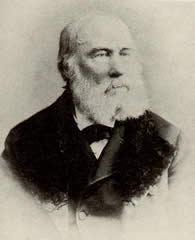
Walter Hood Fitch was a botanical illustrator, born in Glasgow, Scotland, who executed some 10,000 drawings for various publications. His work in colour lithograph, including 2700 illustrations for Curtis's Botanical Magazine, produced up to 200 plates per year.

Ferdinand Lucas Bauer was an Austrian botanical illustrator who travelled on Matthew Flinders' expedition to Australia.

Henry John Elwes, FRS was a British botanist, entomologist, author, lepidopterist, collector and traveller who became renowned for collecting specimens of lilies during trips to the Himalaya and Korea. He was one of the first group of 60 people to receive the Victoria Medal of the Royal Horticultural Society in 1897. Author of Monograph of the Genus Lilium (1880), and The Trees of Great Britain & Ireland (1906–1913) with Augustine Henry, as well as numerous articles, he left a collection of 30,000 butterfly specimens to the Natural History Museum, including 11,370 specimens of Palaearctic butterflies.

Georg Dionysius Ehret was a German botanist and entomologist known for his botanical illustrations.
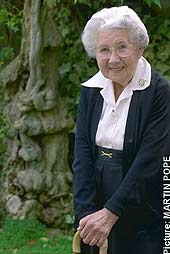
Stella Ross-Craig was an English illustrator best known as a prolific illustrator of native flora.
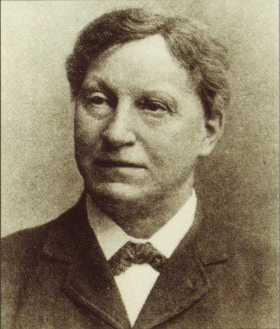
Frederick William Thomas Burbidge (1847–1905) was a British explorer who collected many rare tropical plants for the famous Veitch Nurseries.

The Botanical Magazine; or Flower-Garden Displayed, is an illustrated publication which began in 1787. The longest running botanical magazine, it is widely referred to by the subsequent name Curtis's Botanical Magazine.
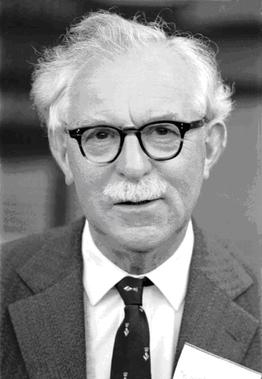
William Thomas Stearn was a British botanist. Born in Cambridge in 1911, he was largely self-educated and developed an early interest in books and natural history. His initial work experience was at a Cambridge bookshop, but he also had a position as an assistant in the university botany department. At the age of 29, he married Eldwyth Ruth Alford, who later became his collaborator.

Robert Wight MD FRS FLS was a Scottish surgeon in the East India Company, whose professional career was spent entirely in southern India, where his greatest achievements were in botany – as an economic botanist and leading taxonomist in south India. He contributed to the introduction of American cotton. As a taxonomist he described 110 new genera and 1267 new species of flowering plants. He employed Indian botanical artists to illustrate many plants collected by himself and Indian collectors he trained. Some of these illustrations were published by William Hooker in Britain, but from 1838 he published a series of illustrated works in Madras including the uncoloured, six-volume Icones Plantarum Indiae Orientalis (1838–53) and two hand-coloured, two-volume works, the Illustrations of Indian Botany (1838–50) and Spicilegium Neilgherrense (1845–51). By the time he retired from India in 1853 he had published 2464 illustrations of Indian plants. The standard author abbreviation Wight is used to indicate this person as the author when citing a botanical name.
Wilfrid Jasper Walter Blunt, known simply as Wilfrid Blunt, was an English art teacher, writer, artist and a curator of the Watts Gallery in Compton, Surrey, from 1959 until 1983.

Franz Andreas Bauer was an Austrian microscopist and botanical artist. The standard author abbreviation F.A.Bauer is used to indicate this person as the author when citing a botanical name.

Matilda Smith was a botanical artist whose work appeared in Curtis's Botanical Magazine for over forty years. She became the first artist to depict New Zealand's flora in depth, the first official artist of the Royal Botanic Gardens at Kew, and the second woman to become an associate of the Linnaean Society. The standard author abbreviation M.Sm. is used to indicate this person as the author when citing a botanical name.

Augusta Hanna Elizabeth Innes Withers, was an English natural history illustrator, known for her illustrating of John Lindley's Pomological Magazine and her collaboration with Sarah Drake on the monumental Orchidaceae of Mexico and Guatemala by James Bateman. She was appointed "Flower Painter in Ordinary" to Queen Adelaide and later to Queen Victoria. She also produced illustrations for Benjamin Maund's Botanis, the Transactions of the Horticultural Society of London, the Illustrated Bouquet (1857-1863) and Curtis's Botanical Magazine.
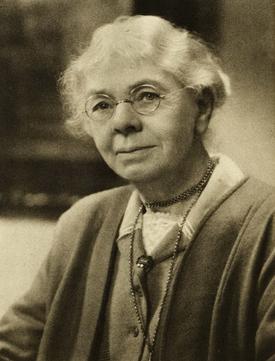
Lilian Snelling (1879–1972) was "probably the most important British botanical artist of the first half of the 20th century". She was the principal artist and lithographer to Curtis's Botanical Magazine between 1921 and 1952 and "was considered one of the greatest botanical artists of her time" – "her paintings were both detailed and accurate and immensely beautiful". She was appointed MBE in 1954 and was awarded the Victoria Medal in 1955. The standard author abbreviation Snelling is used to indicate this person as the author when citing a botanical name.
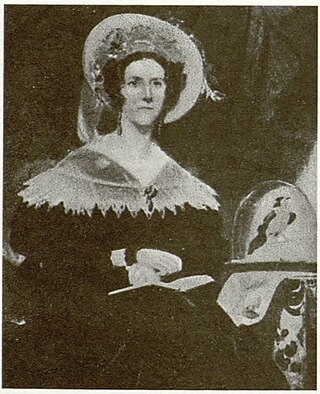
Christian Ramsay, Countess of Dalhousie informally Lady Dalhousie, néeBroun; was a Scottish botanist and natural historian. She married George Ramsay, 9th Earl of Dalhousie and travelled with him when he was appointed Lieutenant Governor of Nova Scotia, Governor General of Canada and Commander in Chief of the Indian Army. While travelling, she collected and catalogued many species of plants, presented scientific papers to societies and donated many collections to different botanical groups.
Hugh Ronalds was an esteemed nurseryman and horticulturalist in Brentford, who published Pyrus Malus Brentfordiensis: or, a Concise Description of Selected Apples (1831). His plants were some of the first European species to be shipped to Australia when the British colony was founded.
Jenny Brasier was a botanical artist and book illustrator.
References
- ↑ "HORTICULTURAL SOCIETY OF LONDON Transactions of the Horticultural Society of London ... [Bound with:] Transactions ... Second Series". Donald A Heald - rare books, prints and maps. Archived from the original on 17 April 2018. Retrieved 15 September 2020.
- ↑ Blunt, Wilfred; Stearn, William T (1950). The Art of Botanical Illustration (First ed.). Antique Collectors' Club. ISBN 978-1851491773.
- ↑ "'English fruit illustration in the early nineteenth century. Part 2: Hooker, Withers and the Horticultural Society' in Studies in the History of British fruit, part 2, Occasional Paper from the RHS Lindley Library, volume 7, March 2012" (PDF).
- ↑ Blunt, Wilfrid; Stearn, William Thomas (1994). The Art of Botanical Illustration. An Illustrated History [1950 edition]. New York: Dover. pp. xxxii, 304. ISBN 0-486-27265-6.
- ↑ "Sorry, no results were found | King & McGaw".
- ↑ International Plant Names Index. W.Hook.